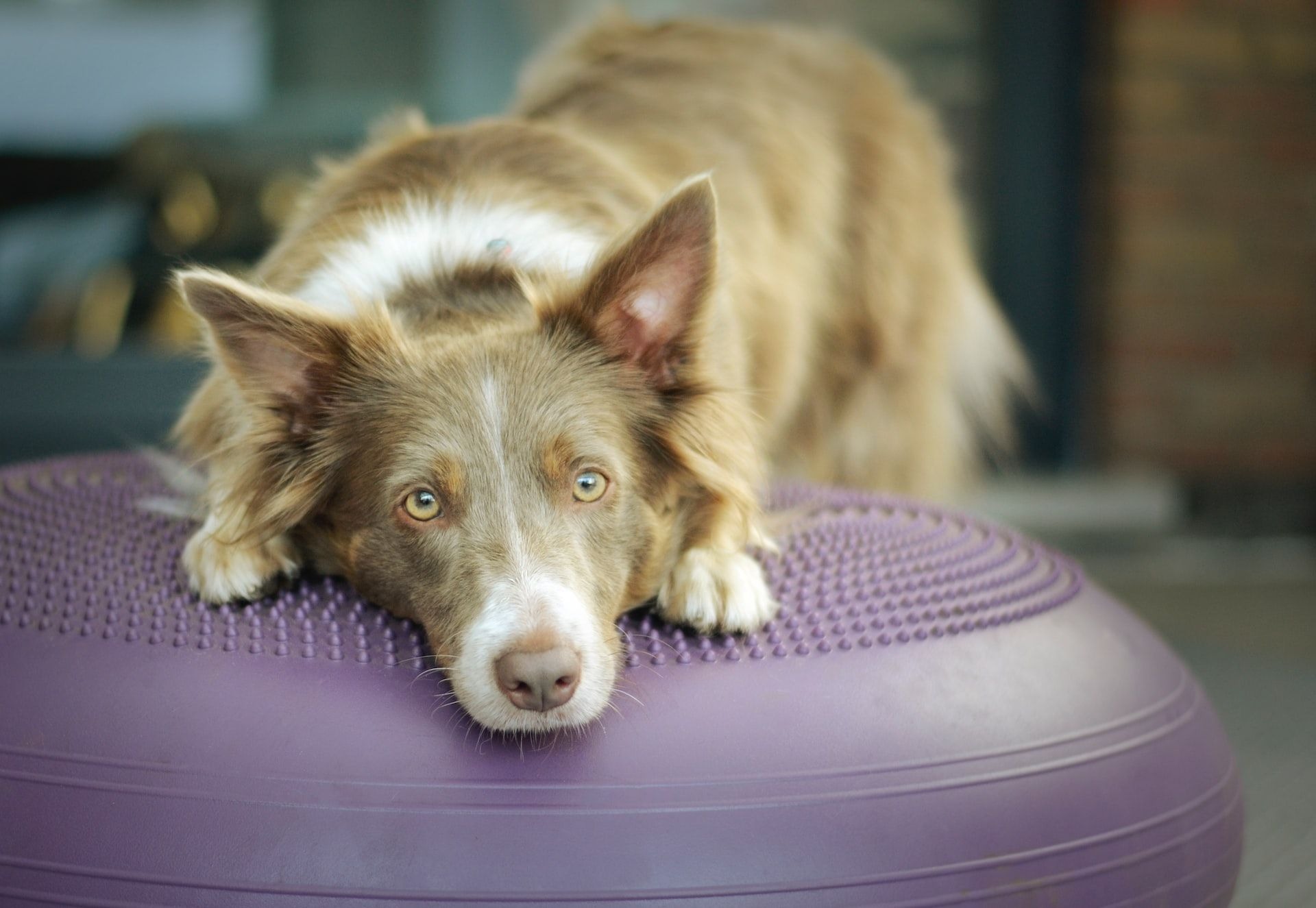It’s time to get physical! Love it or hate it, exercise is just as important for your dog as it is for you. As most of you know I do agility with my dogs. I am learning about how to prevent injuries instead of waiting for injuries to happen which = downtime and veterinary bills. As trainers, we hear about many dogs injured many just by running too hard or just jumping off something, like a couch.
The Pet Health Network points out that obesity can lead to future health issues like arthritis, heart issues, breathing issues, and can even take two years off your dog’s life! I love talking to other pet professionals and reading articles from experts about pet health, so I decided to share some fitness tips. Of course, always check with your veterinarian if you have questions or concerns about beginning a fitness program with your pet.
Watch out for these fitness myths
Exercise is great for both you and your dog! It can help your dog look and feel better, and even make them less nervous when left alone, according to fitness experts at Texas A&M.
There are some myths out there about weight gain or lack of mobility that can cause pet parents to ignore signs that their dog is less fit.
- My dog is just getting old. Aging is natural but that doesn’t mean limping, or problems going up or down stairs are normal. I know Samson, my Great Dane mix, lived for 12 years. This is considered a long lifespan for most big breeds. I know having younger dogs around kept him active and going.
- Fitness and exercise are for injured/athletic/overweight dogs. Even young or fit-acting dogs can benefit from an exercise plan.
- It’s normal for senior dogs to put on a little weight. Gaining weight doesn’t have to be a given as your pup gets older. Good nutrition, fitness for fun, and regular exercise all work to help prevent it, too.
- Most older dogs lose weight because they lose their muscle mass. Keeping them active helps them keep their strength.
Fitness and exercise go far beyond weight loss. It’s a way to help your Fido [PICK TWO: improve their cardiovascular health, develop strength, improve balance, improve body control].
One point that’s definitely not a myth: If you have concerns about your dog’s weight or reduction in mobility, or if you want to significantly increase your pet’s activity level, a visit to your veterinarian for a health checkup is your first fitness step!
Work at your dog’s pace
Moderation is key. When working on fitness with your dog, pick activities that match their level of fitness, and allow them to choose when they have had enough for that session. They will slowly improve over time. If your dog is done for the day, let them be done, so they continue to enjoy – not dread – their fitness sessions. If it’s clear your dog doesn’t enjoy or is uncomfortable with one of the suggested exercises below, like scary-looking stairs, choose another they enjoy.
Too much exercise can also cause problems, like sore muscles, wear-and-tear on paw pads, joint issues, and heat sickness, and your dog could begin to dread rather than enjoy their play sessions with you.
Some eager-to-please-you dogs may keep chasing that ball as long as you continue to throw it, so keep initial fitness sessions short and watch for signs of fatigue. You may need to be the one who says “Time’s up!”
5 Exercises for Canine Fitness
The following exercises are probably quite different from how you normally play with your dog. Remember that going for daily walks and other simple activities are also great ways to help your dog stay fit.
1. Up and down stairs. If you don’t have stairs in your home, look around your neighborhood and see where you can have some safe, outside, stair-training fun. https://www.fitbark.com/blog/10-fun-ways-to-exercise-your-dog/ so your audience can learn more about this exercise].
2. Sit to stand and Down to stand. Getting up and down doesn’t seem like exercise until you do it repeatedly. Standing up and sitting back down is also good for humans. So do it together. This task is great for your dog’s back legs and hip strength. It’s a full-body workout for Fido! Reward them with praise so they know they are correctly responding to your repeated cues.
3. Hide and seek. Calling your pup when you’ve hidden somewhere in the house is a fun game with a lot of fitness benefits. Also, training exercise because it works on a fun recall “come” command. It can be you or objects with a “find-it” command.
4. Stand on an uneven surface “Any time you can get your dog on uneven surfaces, you’re making them move and exercise in a new way,” says Brittni Heywood who is a certified dog trainer, certified professional canine fitness trainer, and the owner of Potential Unleashed in the Boise, Idaho region. Brittni recommends you have your pooch stand on their dog bed to have them activate muscles they don’t typically use when they walk across even surfaces. I also use dog cots and wobble boards which is great for this.
5. Walk backward When I walk backward, I definitely can tell I use different muscles walking backward for a while. Your dog will have a similar experience. Learning and practicing “back up” helps them use their muscles in a new way. Also, it is something I recommend for my Therapy dog class to teach them to get out of tight spots.
Here is a video to demonstrate. https://www.youtube.com/watch?v=WfGuVssZ3eg&t=186s
When you’re looking for ways to improve your pet’s health, always double-check the advice you find online – even mine! – with your veterinarian or an expert source like the Pet Health Network. You can find even more exercise tips here.
Got a great dog exercise or fitness tip? Shoot me an email.

